Ionic Compounds —— Applications of Chemistry to Mineralogy
Chapter 1. Bonding and Composition. Types of Bonding. Ionic Compounds. Types of Ions. Names of Ions. Percent Composition and Empirical Formula. The Mole. Molar Mass (Formula Weight). Calculation of Empirical Formula from Percent Composition. Use of Oxide Data. Formulas for Solid Solutions. Covalent Character in Ionic Compounds. Interactions Between Ions. Some Laws of Electrostatics. Potential Energy of Charged Particles. Lattice Energy and Its Effect on Properties. Chapter 2. Structure of Ionic Compounds: Close-packing. Closest Packing of Ions. The Holes Between the Layers. Stacking Sequences. Closest Packing for Ionic Compounds. Relationship of Formula to Occupation of Voids. Chapter 3. The Symmetry of Crystals. Symmetry Elements. Hermann-Mauguin Notation (Point Groups). Crystal Systems. Chapter 4. Structure of Some Simple Closest-packed Compounds. Symmetry of the AB and ABC Closest-Packed Arrangements. The Unit Cell. The NaCl Structure. The Sphalerite Structure. Axial Relationships. Wurtzite, a Polymorph of Sphalerite. The Fluorite Structure. The Rutile Structure, Polyhedral Coordination Models. Chapter 5. Factors that Affect the Symmetry of the Unit Cell. Effect of Cation. The Chalcopyrite Structure and Solid Solution. Effect of the Anion. Some Oxy Anions. The Pyrite Structure. The Calcite Structure. Aragonite, A Polymorph of Calcite. Several Sulfates, Anhydrite and Barite. Several Silicates, Zircon and Beryl. Effect of Temperature and Pressure. Chapter 6. Physical Properties: Morphology. Morphology. Miller indices. Forms. Habit. Deviations in Crystal Growths. Parallel Growth. Twinning. Epitaxis and Pseudomorphism. Chapter 7. Physical Properties: Color. Light and the Electromagnetic Spectrum. The Nature of Electrons. Electron Configurations. The Crystal Field Model. Colored Cations. Ion Impurities. Crystal Defects. Chapter 8. Chemical Properties. Solubility. Energetics of Dissolution. Solubility Rules. Double Salts. Reaction with Acids. Types of Chemical Reactions. Water as Both Acid and Base. Strong and Weak Acids. Conjugate Bases. Use of Chemical Reactions for Identification. Appendices. 1. The periodic chart. 2. The elements: Symbols, melting points, boiling points, densities, and electronegativities . 3. Metallic, covalent, and ionic radii. 4. Quartz. 5. Crystal system identification practice. 6. Crystal classes and point groups. 7. Additional reading and resources.
{{comment.content}}
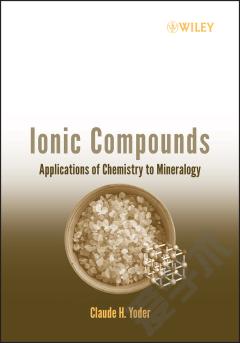

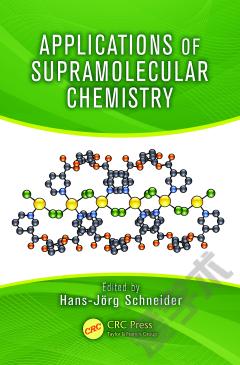
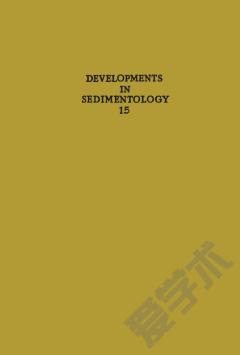

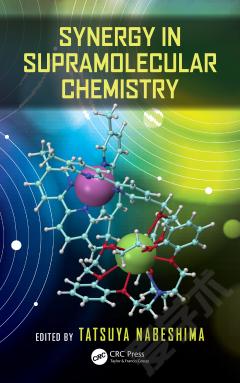
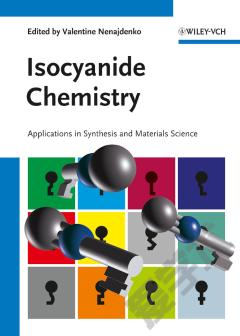

 京公网安备 11010802027623号
京公网安备 11010802027623号